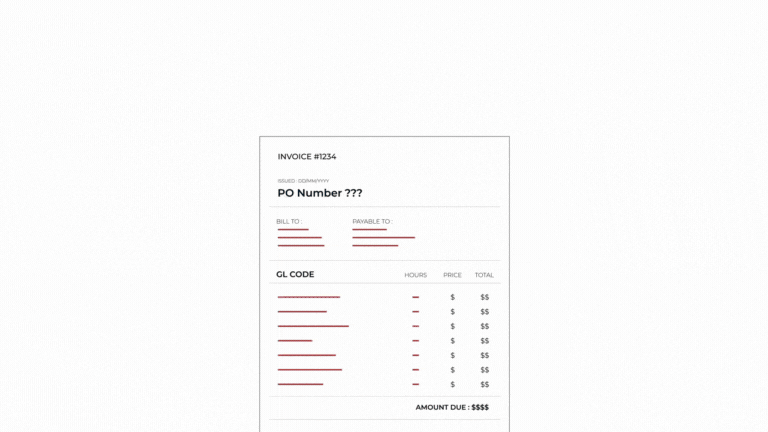
In the manufacturing industry, the cost of manually processing invoices can reach upward of $12 each. While $12 seems small, for businesses with hundreds or thousands of monthly invoices, the costs become large fast. Invoice approval commonly requires two- or three-way matching, driving companies’ high invoice processing costs. In a normal transaction, a supplier needs to send an invoice that matches a purchase order while also ensuring the goods received match what’s actually reflected on the receiving documents.
Suffice it to say that there’s a lot of data checking and research required for each transaction—and a lot of opportunities to mess up, especially when the AP staff is lean.
Unfortunately, many manufacturing companies still rely on the same tools and processes to manage invoices as they have for decades. If you don’t have a direct digital connection with your suppliers—or if you’re using optical character recognition (OCR) technology or other manual processes—there’s a good chance you’ll make errors when validating, keying, and approving an invoice. And all of those errors require human intervention to remedy.
Even if you do somehow manage to capture all the information correctly, it may take a long time for the supplier to create and send an invoice and for you to receive and process it. This creates a backlog that leads to more inefficiency in accounts payable (AP).
While laggard organizations might absorb higher invoice processing costs, most organizations are cost-conscious in today’s era of rising inflation, soaring interest rates, and economic uncertainty. The good news is that making a smart investment in AP automation can help manufacturing companies conquer the cycle of invoice inefficiency and strengthen their bottom lines because of it.



